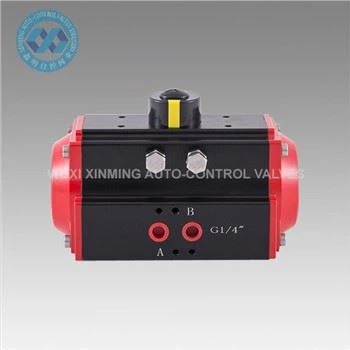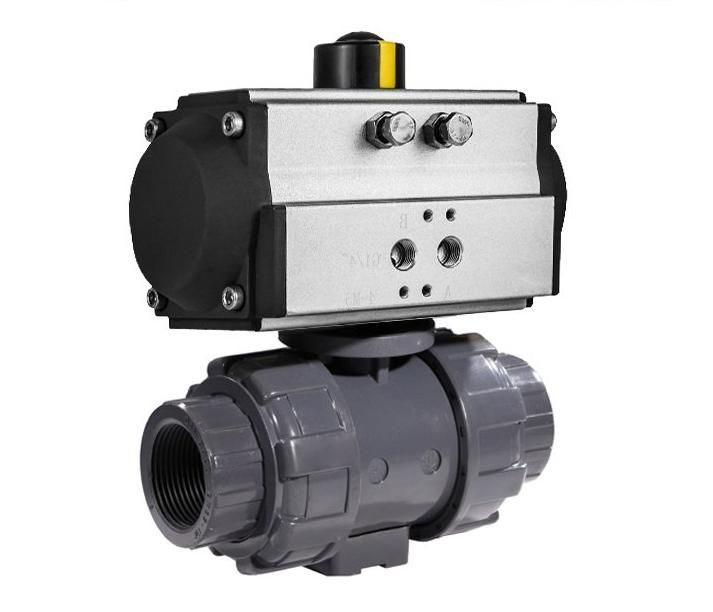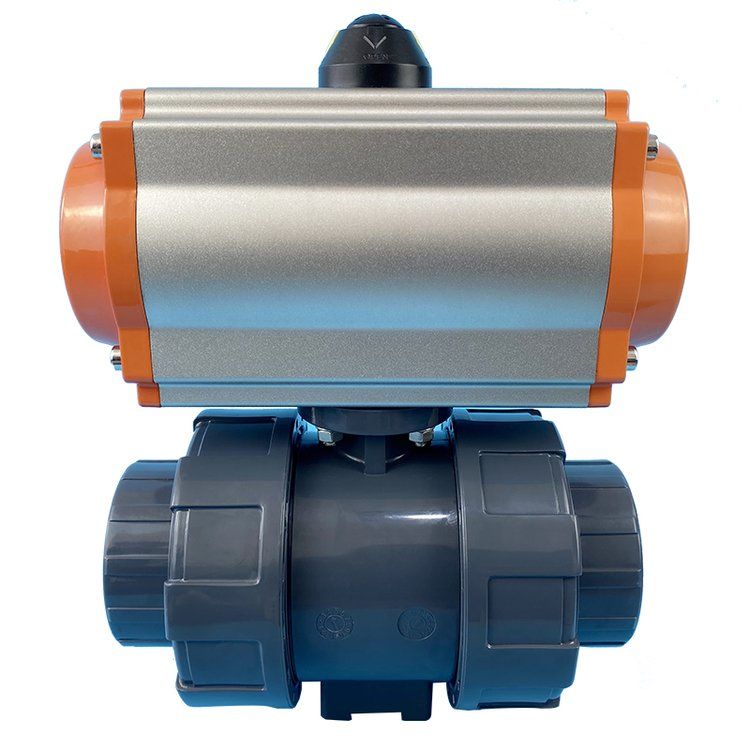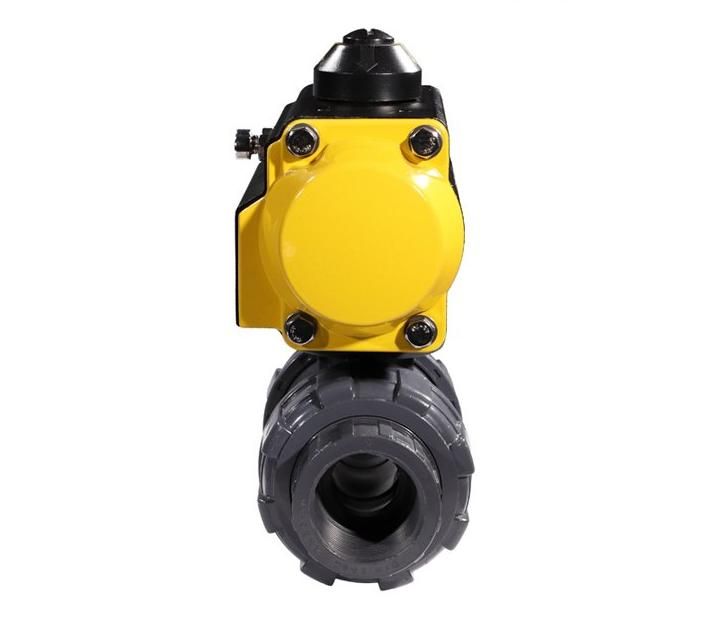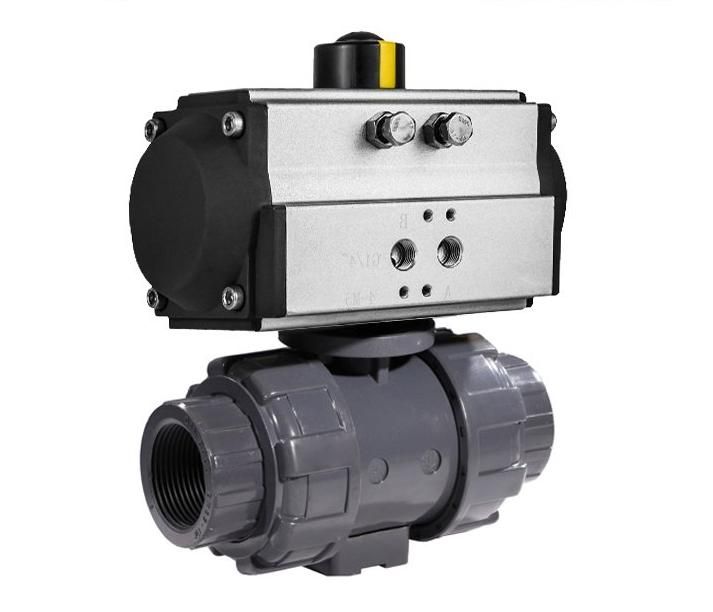Pneumatic Actuator Reliability Evaluation
1. Cycle Testing
Subjecting the actuator to thousands of open-close cycles under typical operating pressures (60-100 psi) reveals wear patterns. A reliable unit should maintain torque output and response time without significant degradation, with minimal leakage from seals or air ports.
2. Environmental Resilience
Testing under extreme temperatures (from -40°C to 120°C, depending on application) and exposure to moisture, dust, or corrosive gases mimics harsh industrial conditions. A robust actuator will resist rust, maintain seal integrity, and avoid jamming in such environments.
3. Mechanical Integrity Checks
Inspecting the piston, springs (in single-acting models), and stem connections for signs of deformation or fatigue after prolonged use indicates structural reliability. The actuator's housing should also withstand vibration and minor impacts without compromising performance.
4. Operational Data Analysis
Mean time between failures (MTBF) and failure mode tracking provide long-term insights. A reliable actuator will exhibit a high MTBF and predictable failure modes (e.g., seal wear) that are easily repairable.
Key Industry Standards
- ISO 5211: Valve actuators mounting dimensions
- ISO 9001: Quality management systems
- ATEX Directive 2014/34/EU: Explosive atmospheres
- IEC 60529: IP protection ratings
- NACE MR0175: Sulfide stress cracking resistance
- PED 2014/68/EU: Pressure equipment directive
If you want to learn more about low-priced products, please visit the following website: www.xm-valveactuator.com






